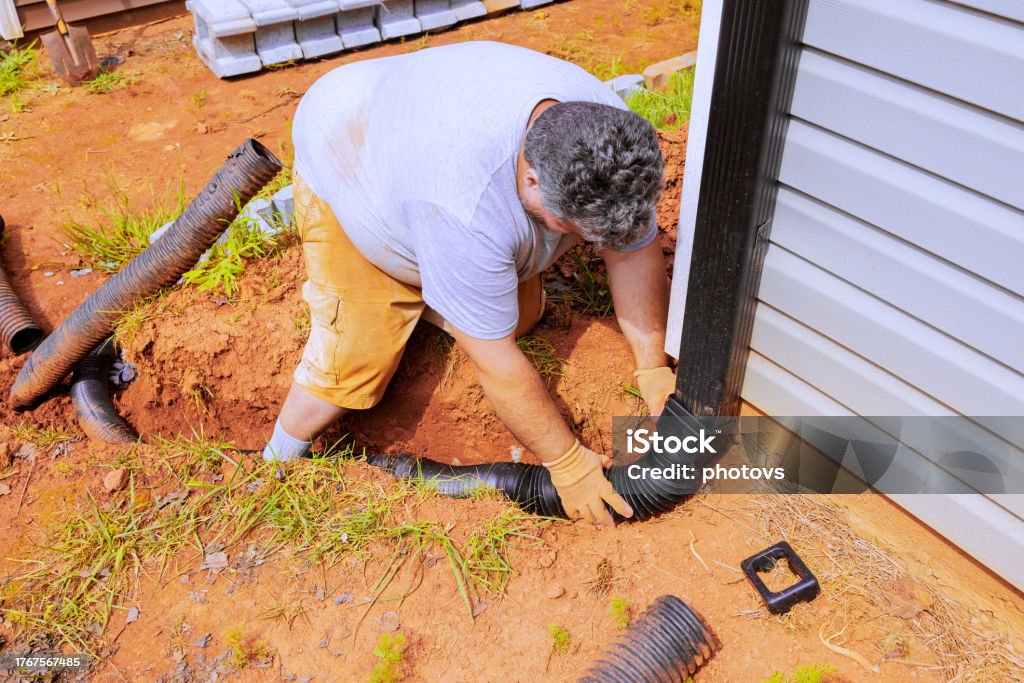
Hazard Mitigation
Building Resilience, Reducing Risk.
Hazard Preparedness Resources
How to reduce risk on your property
Mitigation Starts at Home – Mitigation is a broad term for the long-term steps you can take to reduce the impacts of natural hazard events. It reduces property risk to hazard events and allows you to return home more quickly after a disaster. The first steps to mitigation at home is to know your risk. By understanding the risk around your home and in the region, you can start small and grow your mitigation skills over time with larger projects.
Hazard-Specific Guides

Flood Safety and Mitigation
Flooding can be a significant concern for homeowners in Salt Lake County, especially during spring runoff or after heavy rainfalls.
Read More
Earthquake-Proofing Structures
Salt Lake County is located near active fault lines, making it essential for homeowners to take steps to reduce the risk of earthquake damage.
Read More
Wildfire Mitigation Tips
Homeowners in Salt Lake County can take proactive steps to reduce the risk of wildfires damaging their property.
Read More
Storm Shelter Planning
While Salt Lake County is not as prone to tornadoes as some other regions, there can still be severe weather events like strong storms or high winds that pose a risk. Having a storm shelter can significantly increase safety during extreme weather.
Read MoreFlood Safety and Mitigation
Flooding can be a significant concern for homeowners in Salt Lake County, especially during spring runoff or after heavy rainfalls. Here are some key strategies homeowners can implement to reduce the risk and impact of flooding:
- Raise the foundation of your home above the base flood elevation (BFE) if it’s in a flood-prone area.
- Elevate electrical panels, HVAC systems, and appliances to higher floors to prevent water damage.
- Flood gates, barriers, or walls can be installed around your home to prevent water from entering.
- Sandbags can provide temporary barriers during high-water events.
- Use permeable materials (like gravel or mulch) in your yard to allow water to soak into the ground rather than running off.
- Grade your yard to slope away from your foundation to prevent water accumulation around your home.
- Plant native plants that help with soil retention and water absorption.
- Seal windows and doors with flood-resistant materials and ensure all entry points are water-tight.
- Install check valves in sewer lines to prevent backup during heavy rains.
- Know your flood risk by checking your property’s location on flood maps and staying updated on local flood alerts.
- Create an emergency evacuation plan and keep an emergency kit with supplies for at least 96 hours.
- Consider purchasing flood insurance even if you’re not in a high-risk area. Standard homeowner insurance policies typically do not cover flood damage.
Earthquake-Proofing Structures
Salt Lake County is located near active fault lines, making it essential for homeowners to take steps to reduce the risk of earthquake damage. Here are key strategies to earthquake-proof your home:
- Anchor your house to the foundation: Secure your home’s foundation to prevent movement during an earthquake. This involves bolting the sill plate (the wooden frame at the base of your home) to the foundation.
- Reinforce the foundation: If your home is built on a crawl space or a raised foundation, consider adding foundation anchoring to stabilize the structure.
- Anchor heavy furniture: Secure large furniture like bookshelves, cabinets, and appliances to walls with brackets or straps to prevent tipping during shaking.
- Secure electronics and glass: Use Museum wax, Velcro strips, or brackets to hold TVs, glassware, and small appliances in place.
- Brace the walls: Retrofit your home by adding additional bracing to exterior and interior walls to improve stability during an earthquake.
- Reinforce the roof and ceiling: Ensure your roof structure is secured with hurricane straps or metal connectors to prevent it from collapsing or shifting during shaking.
- Strengthen load-bearing walls: If your home is older, consider upgrading the load-bearing walls to better withstand seismic activity.
- Anchor water heaters: Strap your water heater to prevent it from tipping over during an earthquake, which could cause gas leaks or flooding.
- Install flexible gas lines: Upgrade rigid gas lines to flexible seismic gas connectors to prevent gas leaks and fires.
- Strengthen the chimney: Reinforce the chimney to prevent it from collapsing during an earthquake by adding metal straps or bracing.
- Assess the soil: If your home is located on unstable soil or near a slope, consider soil stabilization techniques to reduce the risk of liquefaction or landslides during an earthquake.
- Grade the land around your home: Ensure the ground slopes away from the foundation to prevent water pooling and erosion, which could undermine structural stability.
- Install tempered glass: Consider replacing windows with shatter-resistant or tempered glass to reduce the risk of injury from broken windows during shaking.
- Install heavy-duty latches on cabinets: Secure doors and drawers in kitchens, bathrooms, and other areas where objects could fall out during an earthquake.
- Use safety film on glass: Apply safety or security film to windows to reduce the risk of them shattering during a quake.
Wildfire Mitigation Strategies for Homeowners in Salt Lake County
Homeowners in Salt Lake County can take proactive steps to reduce the risk of wildfires damaging their property. Here are some key wildfire mitigation strategies:
- Zone 1 (0-5 feet from home): Keep this area free of flammable materials like dry leaves, wood piles, and dead vegetation. Use non-combustible landscaping such as gravel or stone.
- Zone 2 (5-30 feet from home): Maintain a fire-resistant yard by trimming trees, spacing vegetation, and keeping grass short. Use fire-resistant plants native to Utah.
- Zone 3 (30-100 feet from home): Reduce tree density, remove dead trees, and create gaps between tree canopies to slow fire spread.
- Use fire-resistant roofing, siding, and windows to prevent ember penetration.
- Install metal mesh screens over vents to block embers.
- Keep gutters and roofs clear of dry leaves and debris.
- Store firewood and propane tanks at least 30 feet away from structures.
- Create an evacuation plan and prepare a go-bag with essentials.
- Keep hoses, sprinklers, and fire tools accessible.
- Ensure driveways and access roads are clear for emergency vehicles.
- Follow burn restrictions and fire weather warnings.
- Report any signs of wildfire immediately by calling 911.
- Work with neighbors to create a Firewise community to reduce wildfire risk collectively.
Storm Shelter Mitigation Strategies for Residents in Salt Lake County
While Salt Lake County is not as prone to tornadoes as some other regions, there can still be severe weather events like strong storms or high winds that pose a risk. Having a storm shelter can significantly increase safety during extreme weather.
Here are some mitigation strategies for residents to consider:
- Install a safe room: Construct a storm shelter or safe room in your home, ideally in the basement, interior room, or underground. These rooms should be designed to withstand extreme winds and debris.
- Reinforce existing structures: If you cannot build a new storm shelter, consider reinforcing your basement or interior closet with steel-reinforced walls, ceilings, and doors to make them more resistant to wind pressure.
- Anchor the home: Secure your home to its foundation using metal straps or anchors to prevent it from being lifted by high winds.
- Reinforce roof and walls: Add hurricane straps or metal connectors to keep the roof attached to the walls and prevent it from being torn off during storms.
- Install impact-resistant windows: Consider impact-resistant windows or storm shutters to prevent flying debris from breaking glass and injuring those inside.
- Create a safe room: For residents without a storm shelter, designate an interior, windowless room on the lowest level of your home as a safe space. Basements are often the best option.
- Clear outdoor debris: Regularly trim trees, secure lawn furniture, and clear gutters to prevent flying debris from causing damage to your shelter area or home during storms.
- Ensure easy access: Ensure that the shelter or safe room is easily accessible to all members of the household, especially in times of panic or limited visibility during a storm.
- Stock emergency supplies: Keep an emergency kit in your storm shelter with essential supplies like food, water, a flashlight, batteries, first-aid items, and blankets.
- Stay informed: Keep a battery-powered or hand-crank radio in your storm shelter to receive weather alerts and emergency information.
- Alert family members: Create a family communication plan so that everyone knows how to reach each other and where to go in case of a storm.
- Elevate shelters: If building a storm shelter underground is not an option, consider elevating the shelter area to protect it from potential flooding during heavy rain or snowmelt.
- Check building codes: Ensure that your storm shelter complies with Salt Lake County building codes and FEMA guidelines for safe room construction.